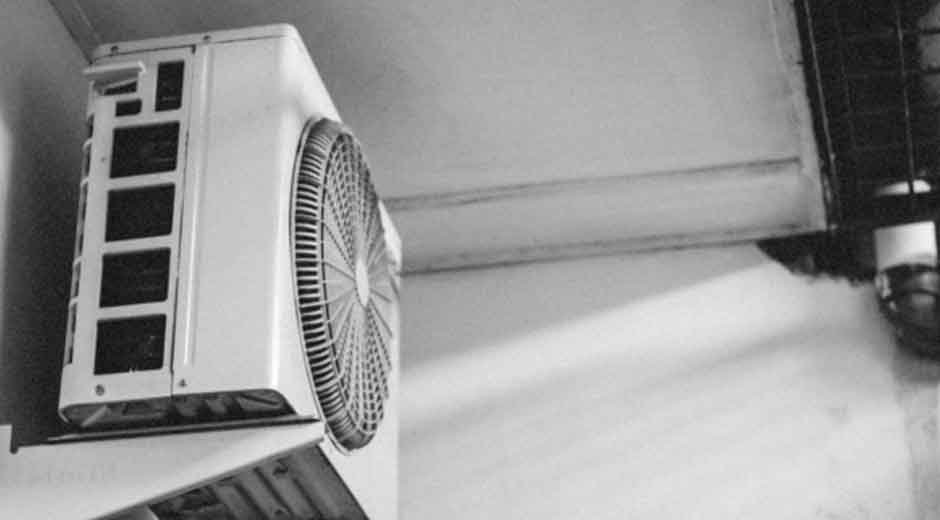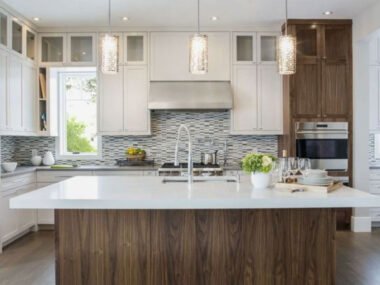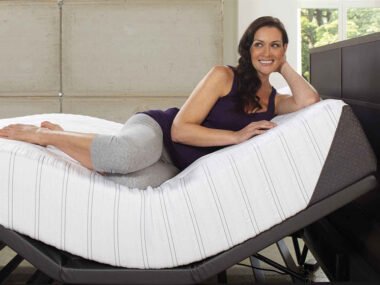The way people live is changing faster than ever before. Homes are becoming smarter, cleaner, and more efficient as technology blends seamlessly with design. What was once a dream of automated comfort has become an everyday reality. From lighting that adjusts automatically to indoor environments that respond to changing conditions, homes are transforming into intelligent spaces that enhance comfort and sustainability.
Across the country, weather patterns are becoming less predictable. Nashville, Tennessee, often experiences fluctuating temperatures and humid conditions, making efficient indoor systems more important than ever. The modern home of the future adapts to these changes with smart systems that ensure stability and comfort while conserving energy. Let’s elaborate on how these innovations are shaping the next generation of living.
1. The Shift Toward Smarter Living Spaces
Technology has turned ordinary homes into personalized ecosystems. Smart devices give homeowners precise control over nearly every aspect of their environment. Lighting can now respond to natural daylight, thermostats learn preferred temperature settings, and security systems operate from mobile devices.
These advancements go beyond convenience. A smart home learns habits over time, adjusting automatically to save energy and enhance comfort. Automation also reduces waste, helping residents manage resources responsibly. Voice assistants, motion sensors, and integrated apps now work together to make life smoother and more intuitive.
2. The Rise of Energy-Efficient Comfort
Energy efficiency has become a central goal in modern home design. Homeowners focus on systems that deliver steady comfort while lowering energy use. Regions that experience shifting seasons, such as Nashville, deal with high humidity, uneven temperatures, and heavy energy demands during extreme weather.
These conditions often strain traditional HVAC systems and raise utility costs. With the growing demand for sustainable comfort, homeowners reach out to companies that offer ductless heating in Nashville, TN, to maintain efficient indoor climates. These systems provide quiet, consistent, and reliable comfort year-round.
3. Healthier Homes Through Cleaner Air and Water
A home’s comfort extends far beyond temperature. Indoor air quality, water purity, and humidity control play major roles in how healthy a space feels. Cleaner air reduces fatigue and respiratory issues, while pure water systems prevent chemical exposure and contaminants.
Modern technology makes maintaining these standards simpler than ever. Air purifiers can now detect changes in air quality and adjust automatically. Water filtration systems ensure that every tap delivers clean, fresh water. Smart dehumidifiers prevent mold and maintain balanced humidity levels.
4. The Quiet Revolution in Home Design
Noise can affect concentration, rest, and overall well-being. As people spend more time at home, the value of silence has grown. Architects and engineers are using advanced materials and soundproofing techniques to create peaceful living environments.
New appliances are built with quieter motors, while better insulation reduces outdoor noise. HVAC systems operate silently without the rumble once common in older homes. The shift toward minimal noise creates spaces that feel more restful and balanced. Quiet design doesn’t mean isolation. It means crafting an environment that supports focus, relaxation, and a calm state of mind.
5. Sustainable Materials and Smart Construction
The next generation of homes is being built with sustainability in mind from the ground up. Recycled materials, low-impact production methods, and modular designs are becoming common in modern construction. Builders are turning to innovative materials that are both durable and environmentally responsible.
Smart construction practices also use technology to monitor energy use and performance during building phases. Sensors help track efficiency and prevent resource waste. Modular housing, for instance, allows for precise production with minimal excess materials. Remember, sustainability is becoming a standard expectation. Homeowners value designs that support long-term durability while reducing environmental harm.
6. The Role of Artificial Intelligence in Everyday Comfort
Artificial intelligence has become a quiet but powerful presence in the modern home. It operates behind the scenes, learning patterns and preferences to make daily life easier. AI-driven systems adjust lighting, heating, and even appliance use to match routines. The home becomes more than a collection of devices; it becomes a living environment that understands and anticipates needs.
AI also supports efficiency by monitoring energy consumption and predicting maintenance issues before they occur. For instance, a smart thermostat can detect unusual patterns that might signal an equipment problem. Such an approach prevents waste, saves money, and extends the lifespan of home systems.
7. Connectivity That Simplifies Daily Life
Connected living has changed how people interact with their surroundings. The Internet of Things, or IoT, allows different systems within the home to communicate seamlessly. Lights, locks, appliances, and entertainment devices work together through shared networks, making life simpler and more coordinated.
Homeowners can now control entire systems with a single app or voice command. A morning routine might involve the blinds opening automatically, coffee brewing at the right time, and temperature adjusting to ideal comfort. These small conveniences add up to a major improvement in how smoothly a household runs.
8. Designing for the Future Homeowner
The definition of “home” is changing as lifestyles evolve. The future homeowner values flexibility, sustainability, and technology that adapts to life’s demands. Homes are being designed to support different purposes, where living, working, and relaxing are possible all under one roof.
Remote work has made multipurpose spaces essential. Rooms now serve as offices by day and entertainment areas by night. Modular furniture, adaptable layouts, and energy-efficient lighting help maintain balance without clutter. The goal is to make homes that adjust easily as needs shift over time.
Home living is entering a new era focused on intelligence, efficiency, and comfort. Technology now supports a calm atmosphere, clean environments, and effortless control. Quieter systems, purified air, and stable indoor climates shape the new experience of comfort.
Modern designs combine function and sustainability to improve daily life. Smart systems manage resources carefully, and well-built spaces promote health and peace of mind. The future home is a place where technology, design, and humans need to work together to create lasting balance.










